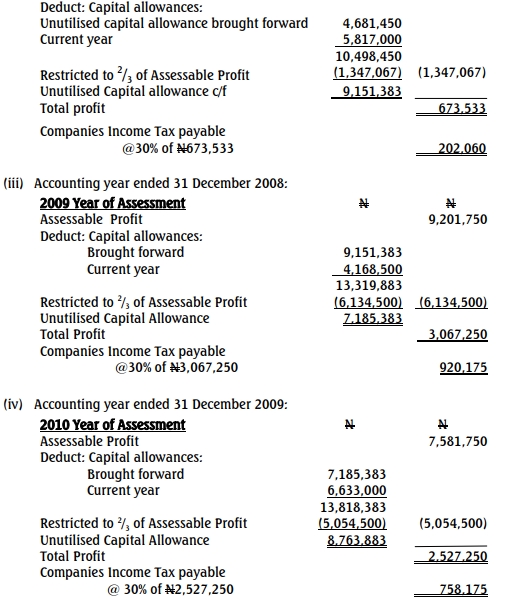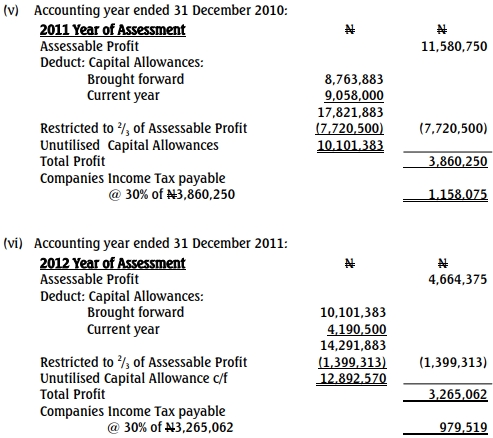- 15 Marks
CSME – Nov 2015 – L2 – Q7 – Corporate Strategy Formulation
Analyzes reasons for slow growth in DAB phone sales, uses the S-shaped growth curve to evaluate market stages, and suggests sales improvement strategies.
Question
Ade John is a graduate of XYZ University. For his final project work in the Department of
Electronics and Electrical Engineering, he designed a cell-phone that is rugged, cheap,
handy and not sophisticated.
During his national service year, he kept toying with the idea of manufacturing the cellphone. To ascertain that there is a market for the phone, he carried out a series of market surveys among rural farmers, artisans, market women, etc. Each time, he was convinced that a market actually exists for his design. He also made contact with some manufacturers of cell-phone components. He entered
into an agreement with CKT Japan to import cell-phone accessories to enable him
assemble them in Nigeria. DAB phone is the first of its kind in the Nigerian market and
production and assembly commenced in a small room in his uncle‟s house at Ikare.
The first batch of phones manufactured by DAB Company was supplied to cell-phone
vendors in cities on „sale or return‟ basis. To encourage distributors to accept the
phones, a 15% margin was allowed. In addition, independent sales persons (hawkers)
were given between 10 -12% margin to sell the product. In spite of the low price of DAB
phones, demand was disappointing at the end of the first year. Nevertheless, Ade John is
still optimistic about the commercial viability of the phone if only he could develop an
effective strategy to market the DAB phones
Required:
a. Identify and explain TWO reasons for the slow growth of sales of DAB phones. (4 Marks)
b. With the aid of an S-shaped growth curve, evaluate market development of DAB phones. (6 Marks)
c. Recommend the strategies that Ade John can use to improve sales. (5 Marks)
Find Related Questions by Tags, levels, etc.
- Tags: Market Entry, Product Development, S-shaped Growth Curve, Sales Strategy
- Level: Level 2
- Topic: Corporate Strategy Formulation
- Series: NOV 2015




